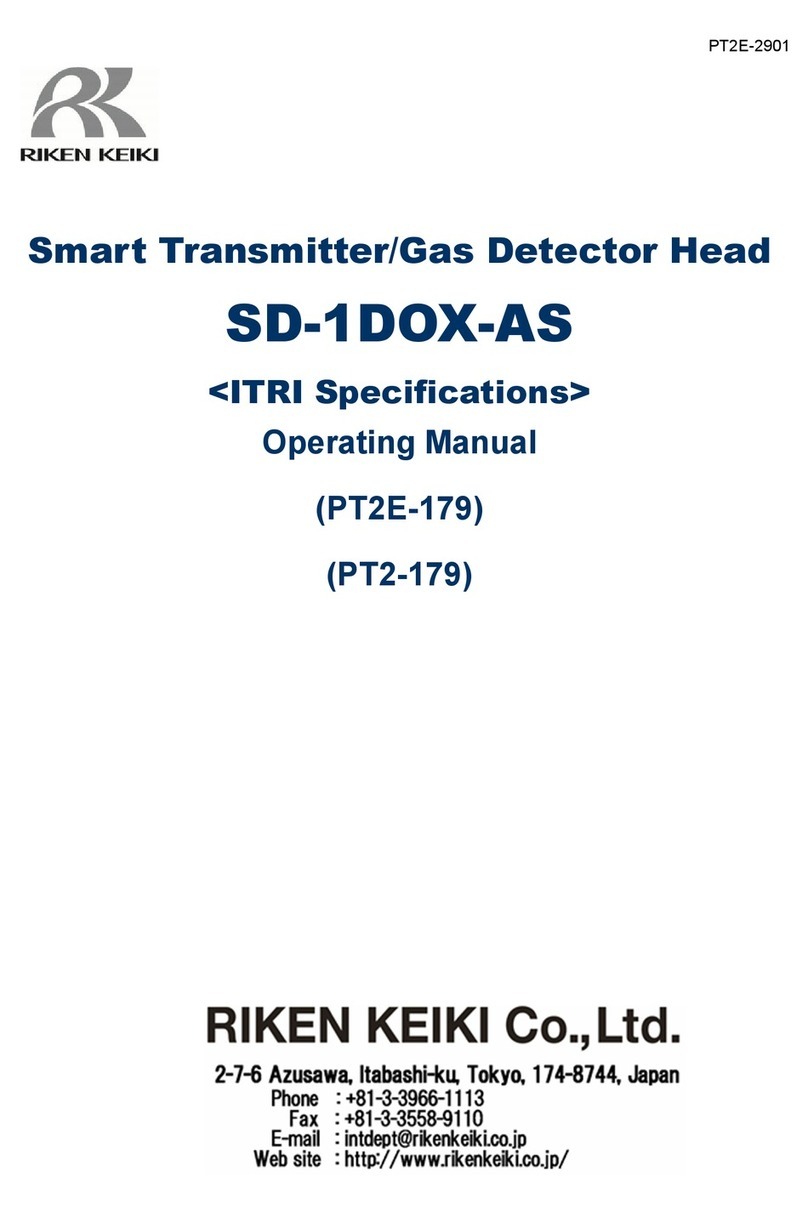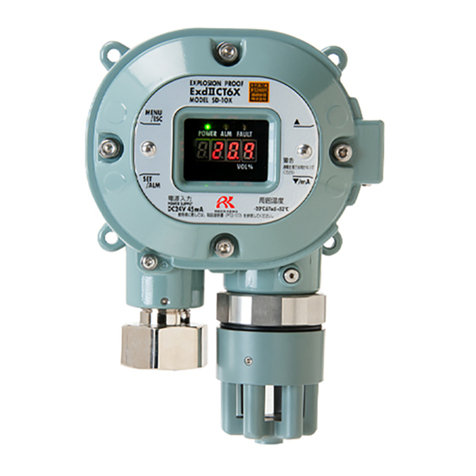
- 1 -
<Contents>
1 Outline of the Product............................................................................................................ 2
1-1. Preface.............................................................................................................................. 2
1-2. Purpose of use .................................................................................................................. 2
1-3. Definition of DANGER, WARNING, CAUTION and NOTE................................................ 2
1-4. Method of confirmation for Standards and Explosion proof specification .......................... 3
2 Important Notices on Safety .................................................................................................. 4
2-1. Danger cases .................................................................................................................... 4
2-2. Warning cases .................................................................................................................. 5
2-3. Precautions ....................................................................................................................... 6
2-4. Safety Information ............................................................................................................. 7
3 Product Components............................................................................................................. 9
3-1. Main unit and standard accessories.................................................................................. 9
3-2. Names and functions for each part ................................................................................... 10
3-3. Block diagram ................................................................................................................... 11
4 How to Use............................................................................................................................ 12
4-1. Before using the gas detector ........................................................................................... 12
4-2. Precautions for installation sites........................................................................................ 12
4-3. Precautions for system designing ..................................................................................... 13
4-4. How to install..................................................................................................................... 14
4-5. Installation procedure........................................................................................................ 16
4-6. How to wire ....................................................................................................................... 18
4-7. How to tube ....................................................................................................................... 22
5 How to Operate ..................................................................................................................... 23
5-1. Preparation for start-up ..................................................................................................... 23
5-2. Basic operating procedures............................................................................................... 23
5-3. How to start the gas detector ............................................................................................ 24
5-4. Modes ............................................................................................................................... 25
5-5. Maintenance mode (User)................................................................................................. 26
5-6. How to exit ........................................................................................................................ 28
6 Operations and Functions ..................................................................................................... 29
6-1. Gas alarm activation ......................................................................................................... 29
6-2. Fault alarm activation ........................................................................................................ 30
6-3. External output operation .................................................................................................. 31
6-4. Other functions.................................................................................................................. 32
7 Maintenance.......................................................................................................................... 33
7-1. Maintenance intervals and items....................................................................................... 33
7-2. Maintenance mode(Regular maintenance) ....................................................................... 35
7-3. Calibration method ............................................................................................................ 42
7-4. Replacement parts ............................................................................................................ 45
8 Storage, Relocation and Disposal ......................................................................................... 47
8-1. Procedures to store the gas detector or leave it for a long time ........................................ 47
8-2. Procedures to relocate the detector or use it again........................................................... 47
8-3. Disposal of products.......................................................................................................... 47
9 Troubleshooting..................................................................................................................... 48
10 Product Specifications......................................................................................................... 50
10-1. List of specifications ........................................................................................................ 50
10-2. Detection principle........................................................................................................... 54
11 Definition of Terms............................................................................................................... 55































